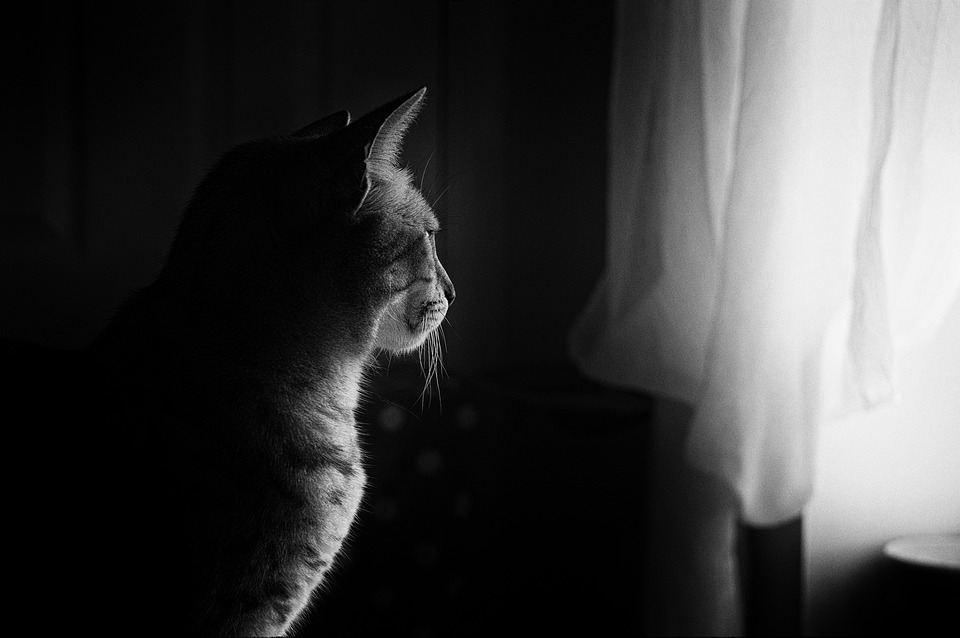Separation anxiety in cats can be a challenging issue for both pet owners and their feline friends. However, with the right strategies and a calming environment, it is possible to help cats find peace when left alone. In this article, we will explore effective techniques to create a serene space for cats with separation anxiety.
Before diving into creating a calming environment, it’s important to understand what separation anxiety entails for cats. Separation anxiety in cats is a behavioral condition characterized by distress and anxiety when left alone. Cats with separation anxiety may exhibit various behaviors, including excessive vocalization, destructive behavior, inappropriate elimination, or excessive grooming.
The first step in creating a calming environment for cats with separation anxiety is to designate a safe and comfortable space for them. Providing a specific area where your cat feels secure can help reduce their anxiety. Start by choosing a quiet room away from noise and distractions, such as a spare bedroom or a quiet corner of your home. In this space, provide cozy hiding spots like soft blankets, cat beds, or even a covered cat condo for them to retreat into. Adding familiar scents, such as items with your scent like a worn t-shirt, can also help soothe your cat and make them feel more at ease.
Mental stimulation is key to keeping your cat engaged and occupied while you’re away. Boredom can exacerbate separation anxiety, so providing mental enrichment is essential. Consider using puzzle toys, which require your cat to solve puzzles or retrieve treats, to keep them mentally engaged. Installing a window perch or bird feeder near their safe space can also provide entertainment as cats love to observe the world outside. Additionally, offering a variety of scratching posts and toys can help relieve anxiety and keep your cat entertained.
Sounds and scents can have a significant impact on a cat’s mood and overall well-being. By incorporating soothing sounds and scents in their environment, you can help create a relaxing atmosphere. Playing classical music or specially designed cat relaxation music can have a calming effect on your cat. You can also use aromatherapy by using cat-safe essential oils or diffusers to infuse the air with soothing scents like lavender or chamomile.
Here are some common questions cat owners have about creating a calming environment for cats with separation anxiety:
Q1: How long does it take for a cat to adjust to their safe space?
A1: Every cat is different, but it may take a few days or even weeks for them to fully adjust. Be patient and allow them to explore and acclimate at their own pace.
Q2: Should I leave a radio or TV on for my cat while I’m away?
A2: While some cats may find the background noise comforting, others may become more anxious. Experiment with leaving soft sounds on and observe your cat’s reaction.
Q3: Can I use pheromone diffusers to help calm my cat?
A3: Yes, pheromone diffusers, such as Feliway, can be beneficial in creating a calming atmosphere. These synthetic pheromones mimic the natural facial pheromones that cats release when they feel safe and secure.
By implementing these strategies and creating a calming environment, you can help your cat cope with separation anxiety and ensure their well-being even when you’re not present. Remember, each cat is unique, so it may take some trial and error to find what works best for your furry friend. With patience and understanding, you can help your cat feel safe, secure, and ultimately reduce their separation anxiety.








